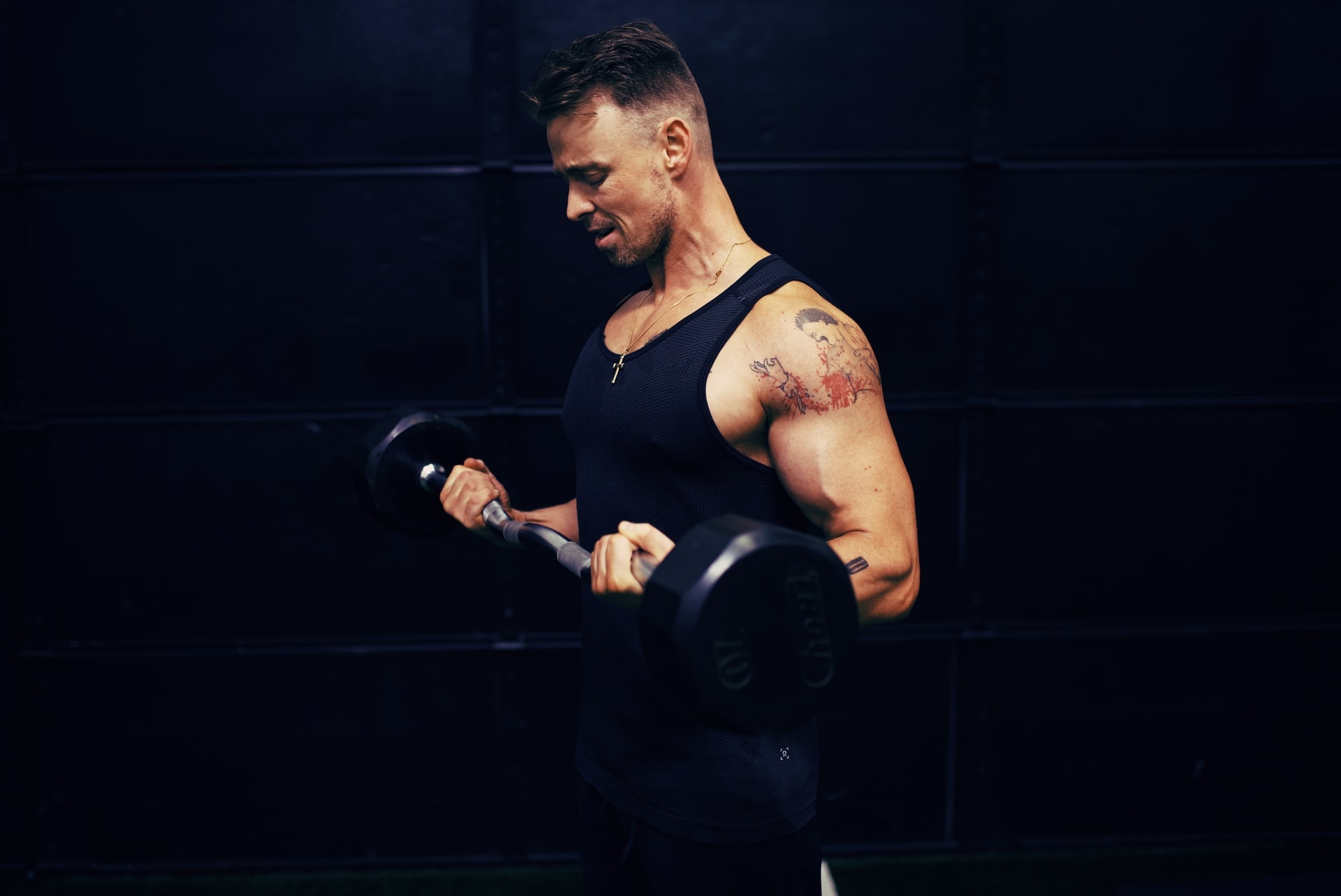
Effective silhouette sculpting thanks to exercises in the gym has become the goal of many people who are just beginning their adventure with this type of sport. The beginnings are often difficult. In order not to get discouraged, it is worth reaching for a training plan at home. How to make it effective? Where to start?
First of all it requires sufficiently large self-denial – in this case the presence of other exercising people in the gym will not have a stimulating effect on us. You have to achieve everything on your own and make the right regularity. Formally, it is mainly a form of strength training for people who are new to it, although it is worth taking care of the variety of classes. They use those exercises that are possible without the use of highly specialized equipment, which is found in the gym
First of all, it is not a matter of arranging a specialized and rigorous program of exercises that would be appropriate for professional sports training of professionals. Hence the conviction that with a slightly looser approach as to its duration and intensity, you can do it yourself.
Setting up a workout plan must start with an honest determination of how much time you can devote to performing exercises. First of all, you need to think about the possible number of workouts during one week and their duration. You also establish what days you can exercise on. The advice in this case is that it is better to outline a less ambitious plan for yourself and follow it, rather than often neglecting a demanding set of exercises. A sincere approach is most important – after all, it is at home that we exercise primarily for ourselves
It is assumed that beginners should exercise at least twice a week. The load is increased gradually. However, workouts should not be more frequent than five times per week. However, this is an option for people with particularly high training requirements. On average, training as often as three times a week is enough to meet your expectations. Days off are also important – they are time for the body to regenerate. However, it is not worth taking more than two days off between days of exercise. The time of exercise during 24 hours does not have to be clearly specified – we exercise when we have time for it
Workouts should be differentiated as to their intensity. We also choose different types of effort. Assuming that we exercise three times a week, we should choose one strengthening workout, one long workout of average intensity and one short workout of higher intensity. After the last one it is advisable to recuperate for at least one day or do significantly lighter classes. The highest training intensity should be achieved in the middle of the week.
We should take care not to do repetitive exercises and to vary the effort. It is often possible to combine different types of training, but remember that they should not be only heavy exercises with high intensity. A training plan should be laid out with at least 5 to 8 weeks in mind
When exercising at home, you can use different types of exercises that do not require you to have complicated equipment. It’s a good idea to tailor the number of exercises to your own abilities and increase them gradually – it can be useful to consult a trainer or someone who exercises regularly. Here are examples of exercises that you should consider:
Photo by Gordon Cowie/Unsplash